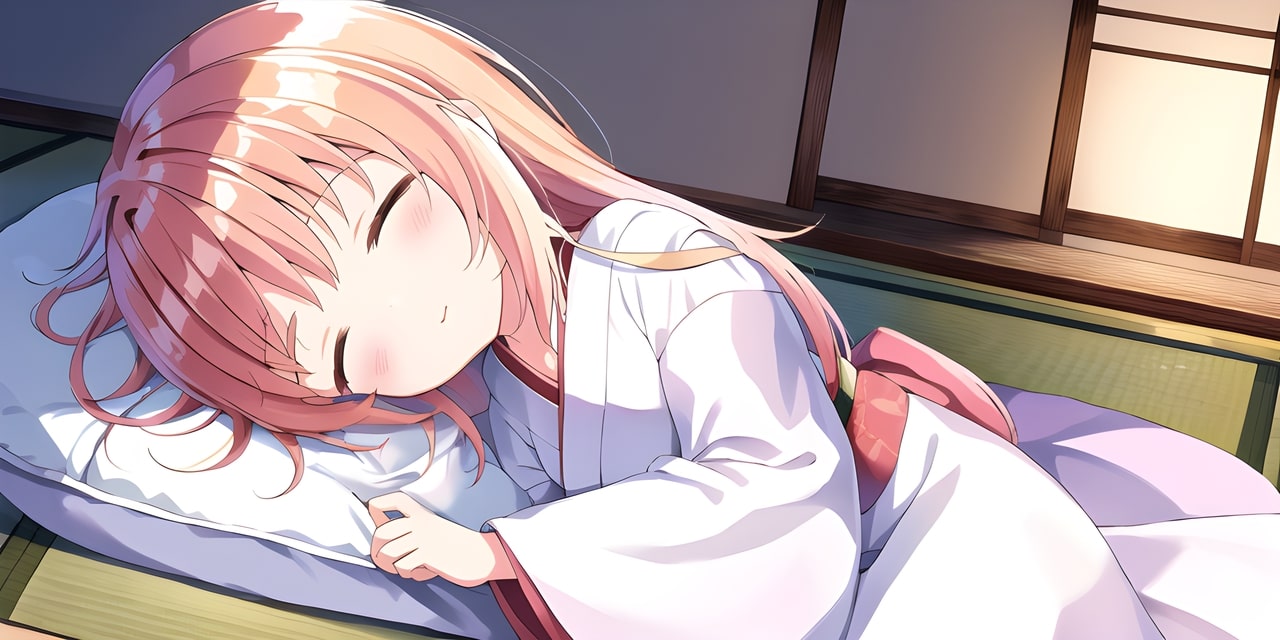
Why are many Japanese sleeping on Futons?
Listen to this article:
Japanese futons are traditional bedding that has been used in Japan for centuries. Unlike Western-style mattresses, futons are thin and portable, making them an ideal bedding solution for those living in tiny homes or apartments.
Sleeping on a futon is a deeply ingrained cultural tradition in Japan. The history of Japanese futons dates back to the Heian period (794-1185) when they were first used as bedding by the Japanese aristocracy. At that time, futons were made of silk and were considered luxury items. It wasn’t until the Edo period (1603-1868) that futons became more widely used by the general population. Today, futons symbolize Japanese culture and are often seen as a way of maintaining traditional values.
Japanese futons consist of three parts: the shikibuton, the kakebuton, and the makura. The shikibuton is a thin, rectangular mattress placed directly on the floor. It is typically made of cotton or a cotton and polyester blend. The kakebuton is a quilted comforter placed on top of the shikibuton. It is typically made of cotton or wool. The makura is a small pillow that is placed under the head.
There are many advantages to using Japanese futons:
- Space-saving: Japanese futons are thin and portable, making them an ideal bedding solution for those living in small homes or apartments. When not used, futons can be rolled up and stored away, freeing up valuable floor space.
- Versatility: Japanese futons can be used for sleeping, lounging, or as a seating area. They are also easy to transport and can be taken on camping trips or used for guests.
- Health benefits: Sleeping on a futon can have health benefits, such as improving circulation and reducing back pain. Because futons are thin, they promote a straighter spine alignment, which can help alleviate pressure on the back and joints.
- Cost-effective: Japanese futons are generally less expensive than traditional Western-style mattresses, making them an affordable option for those on a budget.
While there are many advantages to using Japanese futons, there are also some disadvantages:
- Comfort: Some people may find sleeping on a futon uncomfortable, especially if they are used to the softness of a Western-style mattress.
- Maintenance: Japanese futons require regular maintenance, such as airing and sunning them to prevent mold and mildew.
- Cleaning: Cleaning a futon can be difficult, as it requires the removal of the cover, washing it separately, and drying it.
- Allergies: For those with allergies, futons can be problematic, as they can harbor dust mites and other allergens.
If you decide to try using a Japanese futon, here are some tips to make the experience more comfortable:
- Invest in a good quality futon that is comfortable and supportive.
- Use a protective cover to prevent spills and stains from getting on the futon.
- Air out the futon regularly to prevent mold and mildew.
- Use a thick comforter on top of the futon to provide additional cushioning and warmth.

